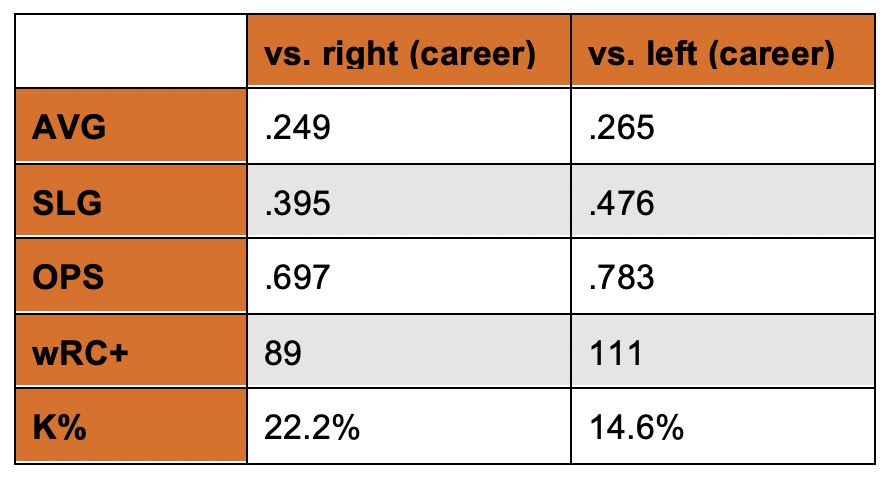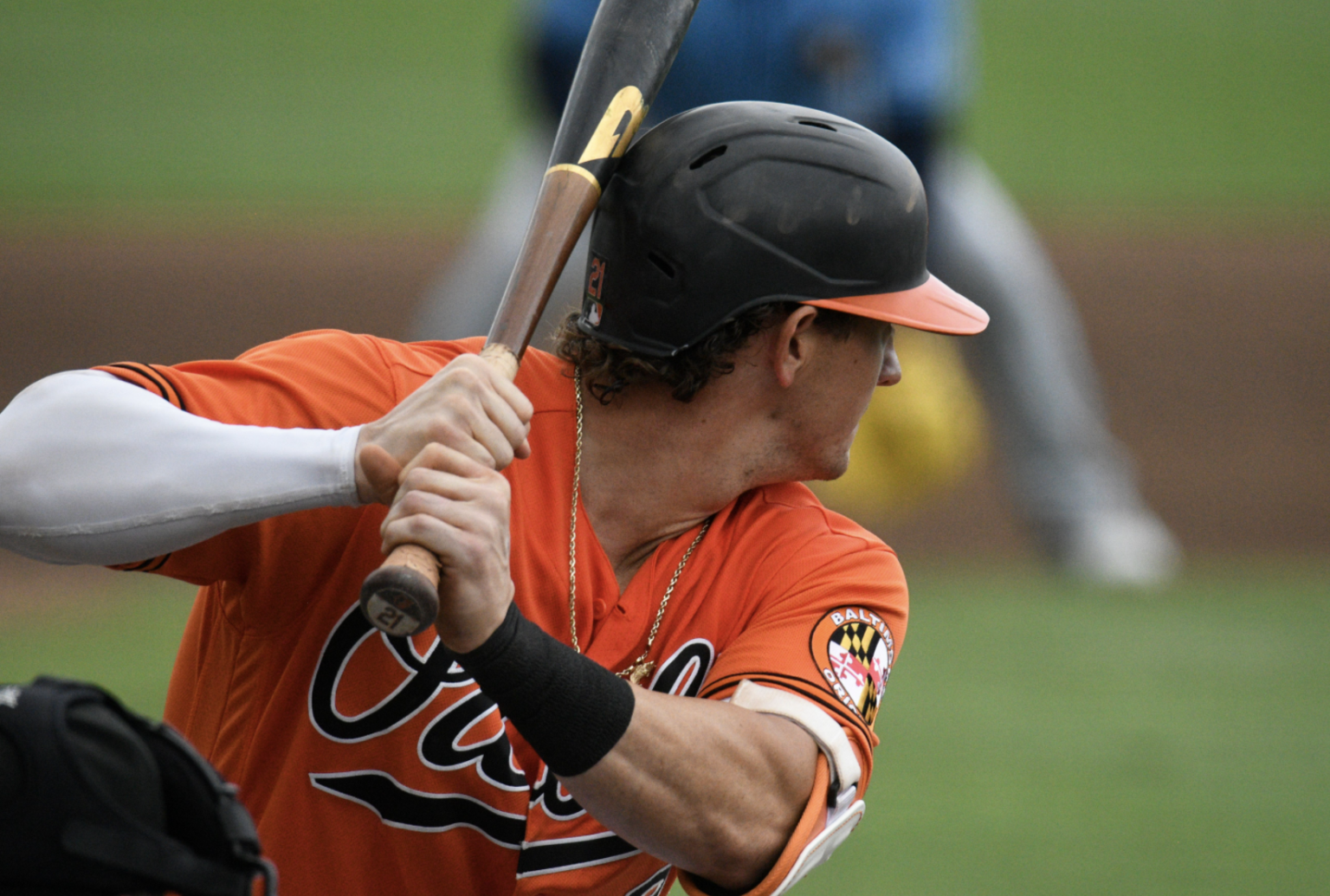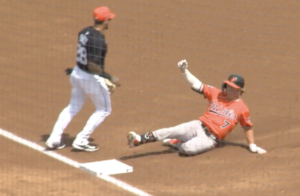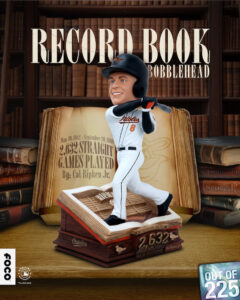At 26 years old and in his fourth MLB season, Austin Hays finally hit 162 career games played on Tuesday. The milestone is usually a nice benchmark to take a step back and analyze the numbers a player puts up in their “first season.” Most everyday regulars hit 162 career games in their second season after a midseason promotion in year one, but Hays has taken a different path, mostly due to injury. Hays debuted in 2017 when the Orioles made him the first player from the 2016 draft class to reach the majors. He played 20 games that season, but started 2018 with Triple-A Norfolk and stayed there all year. After a September call-up in 2019, he played in 21 more games that month to close out the season. The 60-game 2020 season was even shorter than that for Hays, who missed one month with a rib injury and ultimately finished with 33 games played, leaving him with 74 across parts of three seasons.
2021 has been Hays’ healthiest season so far, even though he’s still only played in 88 of the Orioles’ 117 games, dealing with two separate hamstring issues. More importantly, he finally reached 162 career games played in 2021. So, here are those career totals through the “first season:”
629 plate appearances
147 hits
27 doubles
2 triples
22 home runs
73 RBI
37 walks (5.9%)
124 strikeouts (19.7%)
6 steals
.254 AVG
.304 OBP
.421 SLG
.725 OPS
97 OPS+
96 wRC+
.311 wOBA
1.4 fWAR
Now, what does it all mean? Well, after an initial look, it’s a whole lot of average.
The double and home run totals are good and he strikes out at a slightly below average rate, but barely walks and doesn’t steal bases. The + numbers — which, if you’re unfamiliar, attempt to compare a player with the league average after adjusting for park factors, where 100 is average, 110 is 10 percent above average, 90 is 10 percent below average and so on — sit almost exactly at the league average mark. His .311 weighted on-base average is just below the league average wOBA of .320, and the wins above replacement total is that of a good, but not great, player.
But after a deeper dive, we can start to see where Hays’ bread and butter really is and where he could potentially carve out a role for years to come.

By the lefty/righty splits, Hays has been one of baseball’s best hitters versus left handers this season and throughout his career. His 142 wRC+ against lefties in 2021 is 17th best among American League right handed hitters, tied with Vladimir Guerrero Jr.. He also has the 12th highest slugging percentage and 15th highest OPS among that same group this season.
For comparison, his 65 wRC+ against righties this season ranks 86th among AL right handed hitters.
Recently, Brandon Hyde has begun to act on Hays’ handedness splits in the batting order, something Hyde did not do earlier in the season. Hays started in the two hole every game from April 28 to May 21, a stretch where the Orioles faced 12 right handed starters and nine southpaws. Over that stretch, Hays went 10 for 53 (.188) in the games started by righties and 10 for 40 (.250) in the games started by lefties. When he returned from injury the next month, he again batted second in eight games over a nine game stretch with an even four to four left/right split of the opposing starter.
But lately, it’s been less of Hays hitting second against right-handed starters. Hays has only hit second in seven of the O’s last 16 games, with five of those seven coming against left handers. In the nine games started by righties, Hays hit either fourth or fifth seven times.
Moving forward this season and beyond, the best way for Hays to contribute will be as the lefty masher. With minimal competition for his job at the major league level currently, Hays can still expect to play almost every day. But unfortunately for Hays, the O’s minor leagues are stacked with left handed hitting outfielders. Robert Neustrom, Kyle Stowers, Colton Cowser and Heston Kjerstad will all warrant major league opportunities in the coming years. When the competition for outfield spots gets stronger, Hays could turn into strictly a platoon corner outfielder that almost exclusively faces lefties, maybe splitting time with one of the four previously mentioned minor leaguers, with his strong throwing arm and plus speed giving him an even better chance of sticking around in that role.











